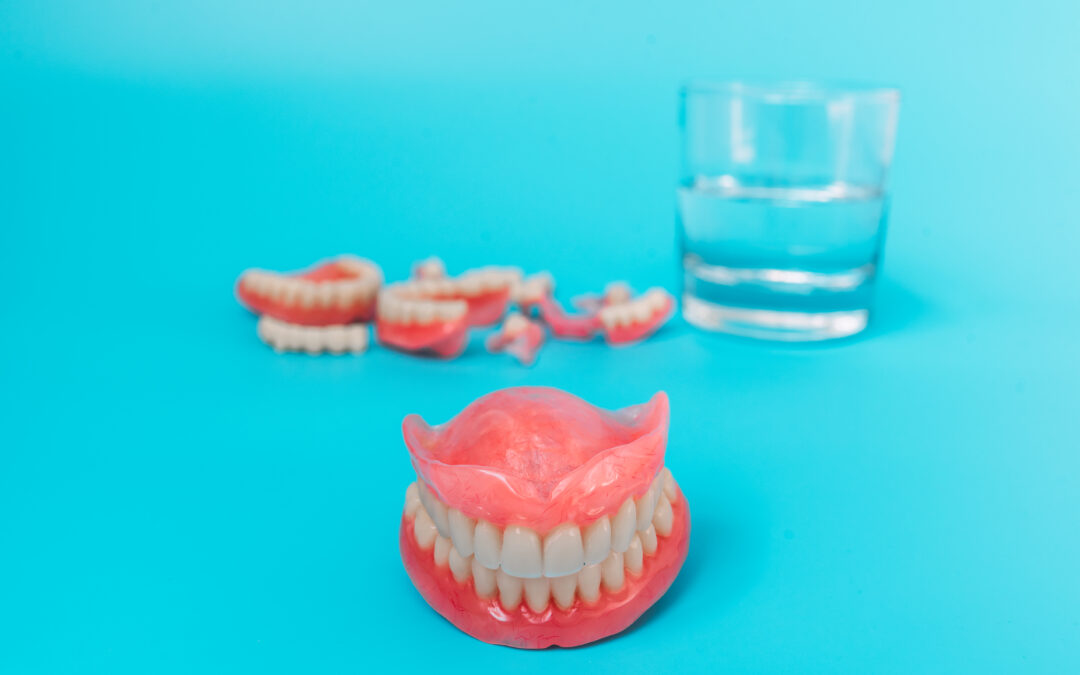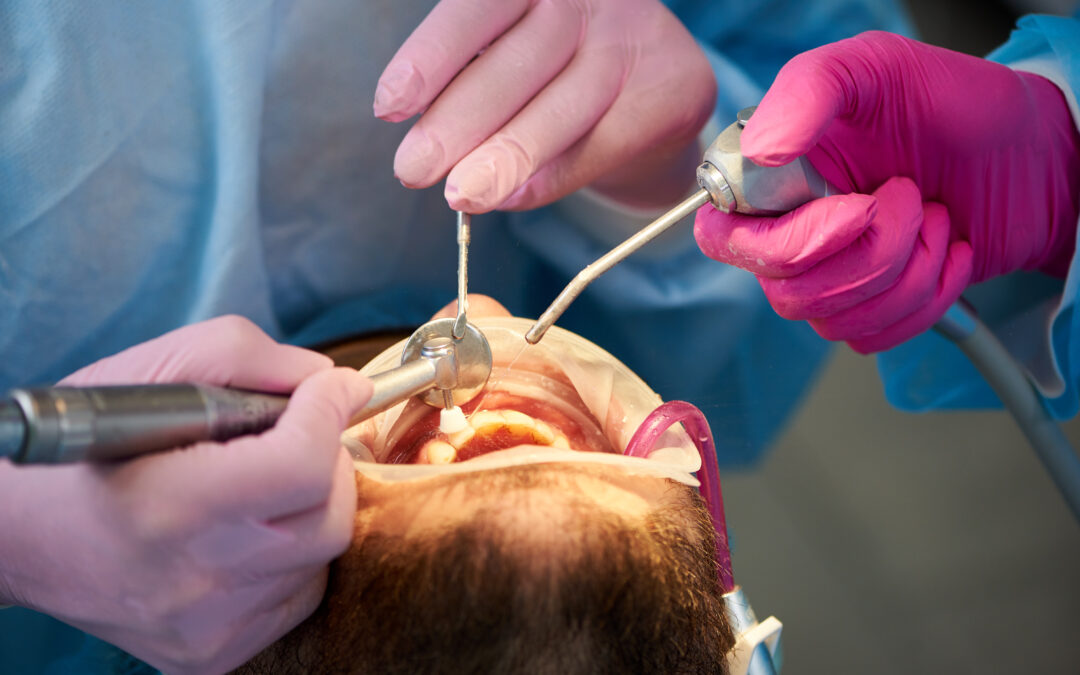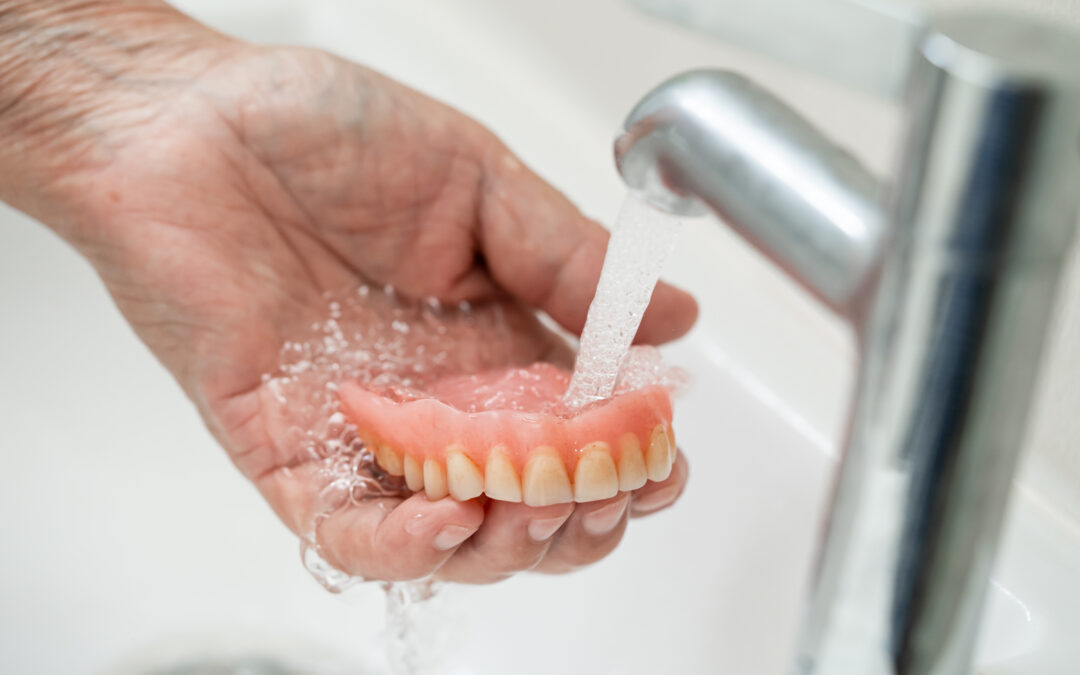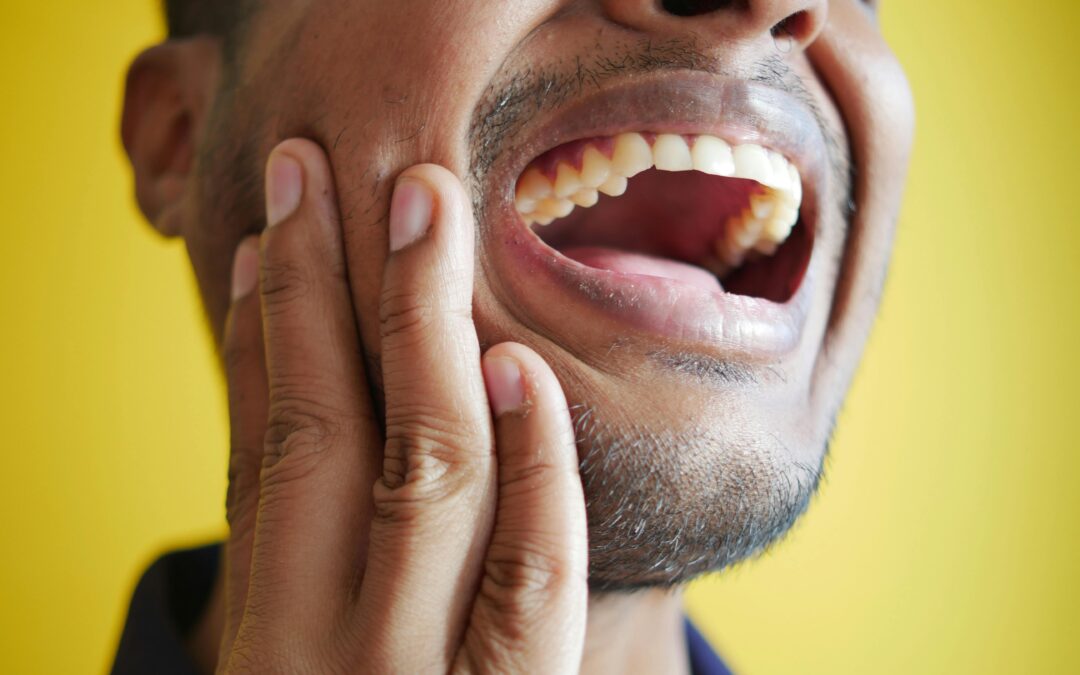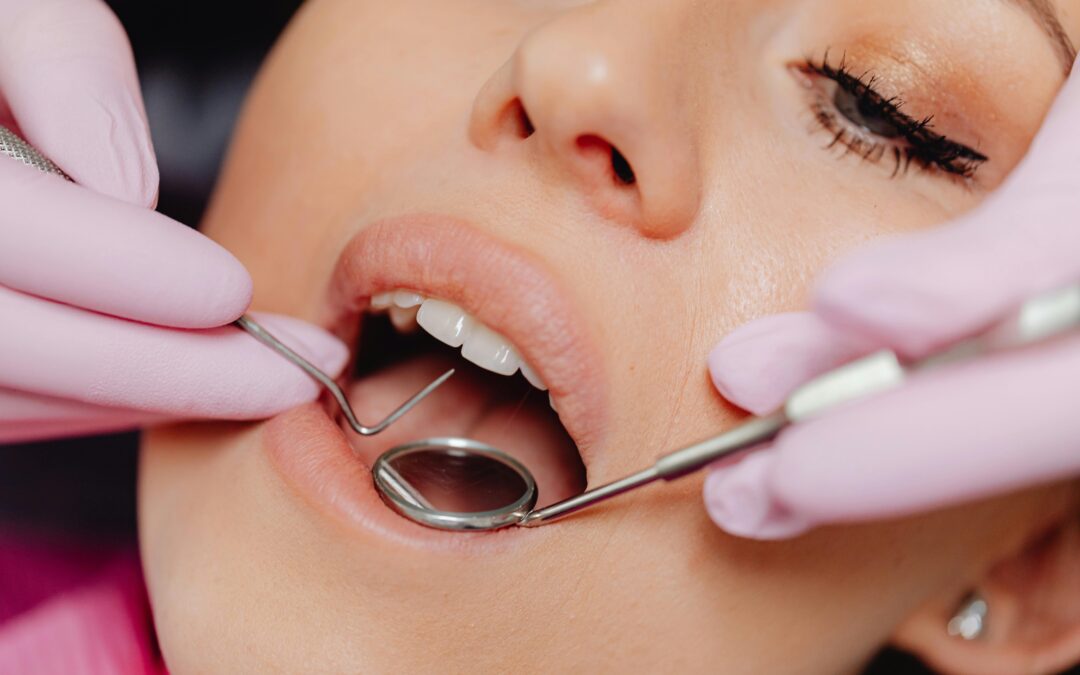Dental veneers are a popular cosmetic treatment for those looking to improve the look of their teeth, with a whiter, cleaner shade and colour. Whether you’re hoping to achieve a brighter smile or to correct minor imperfections, choosing the right shade for your veneers is an essential step in the process. In this blog post, we’ll explore how to select the most suitable colour for your tooth veneers, what factors should influence your decision and what you can expect from the treatment as a whole.
What are Dental Veneers?
Dental veneers are thin, custom-made shells, usually made from porcelain or composite resin, which are bonded to the front of your teeth. They’re commonly used to improve the shape, size or colour of teeth, and are particularly effective for correcting chips, gaps or stubborn discolouration that doesn’t respond to whitening.
They are designed to look natural, but the final result depends heavily on choosing the right shade, shape and finish to suit your smile and facial features.
Why Veneer Shade Matters
When done well, veneers should blend in seamlessly with your natural teeth – or, if you’re having a full set, they should complement your overall appearance. Getting the shade right means your new smile looks balanced, realistic and in keeping with your age and skin tone. Veneers that are too bright or too flat in colour can sometimes appear artificial, which is something most people want to avoid.
Choosing a veneer shade isn’t about simply picking the whitest one available. It’s about finding the right tone that enhances your smile without making it look overdone.
Things to Consider When Choosing a Shade
1. Your Natural Tooth Colour
If you’re only having veneers placed on a few teeth, matching them to your natural tooth colour is essential. A dentist will use a shade guide to identify the best match, checking how the colour looks under natural light when compared with the rest of your teeth.
2. Skin Tone
Your skin tone plays a role in how bright or natural a tooth colour looks. For example, cooler skin tones often suit slightly whiter shades, while warmer tones may benefit from something softer or creamier. The goal is to achieve a result that looks in proportion with the rest of your face.
3. Eye and Lip Colour
It’s not just about your teeth. The whites of your eyes and your lip tone can also influence how different veneer shades appear. A good match takes all of these features into account to create a natural-looking smile.
4. Tooth Texture and Translucency
Real teeth aren’t one solid colour. They have subtle layers, variations in brightness and a certain amount of translucency – especially around the edges. High-quality veneers can be crafted to mimic this, so your smile doesn’t look flat or artificial with a single colour across the full length and width of each tooth.

Planning Ahead – Whitening Before Veneers
A lot of patients will decide to have their teeth professionally whitened before they go ahead with having dental veneers. This is because veneers are matched to the existing colour of your teeth at the time of treatment. If you’re teeth are cleaned and freshly whitened, then you can ensure your new veneers are made to match your brightest possible tooth shade, creating a bright and uniform smile. This approach prevents the common issue where people get their teeth whitened after they’ve already had their veneers placed, only to find that their natural teeth become lighter while the veneers remain the original darker shade, resulting in a mismatched appearance that would again require veneer replacement to correct.
Not All White Is the Same
Veneers come in a wide range of shades, from natural ivory tones to brighter, more luminous whites. The most common system used is the Vita shade guide, which dentists use to classify tooth colour by hue and brightness.
Some patients ask for the ‘whitest possible’ shade, often referred to as BL1 or “Hollywood white”. While this can definitely look striking, it may not suit everyone. A good dentist will help you find the shade that works for your facial features and preferences without compromising on a natural appearance.
Personal Habits and Lifestyle
Your lifestyle can also help shape your decision on which shade of veneer is right for you. If you drink coffee, tea or red wine regularly, or smoke, you might find that slightly warmer or less bright shades are more forgiving over time compared to the brighter shades. Veneers are more stain-resistant than natural teeth, especially porcelain ones, but no material is completely immune to discolouration.
It’s also worth thinking about whether you prefer a subtle change or a more noticeable improvement. There’s no right or wrong answer – just what feels most comfortable and authentic to you.
Final Thoughts
Choosing the right shade for your veneers is a key part of getting a result you’re happy with. The most successful outcomes are those that balance aesthetics with a natural look that suits your face and lifestyle. While ultra-white veneers may appeal to some, many patients find that a more natural, personalised shade delivers better long-term satisfaction.
If you’re considering dental veneers and would like advice on shade selection or the treatment process in general, we’re here to help. Contact our team at Grosvenor Dental Practice today to book a consultation and take the next step towards a confident smile.


